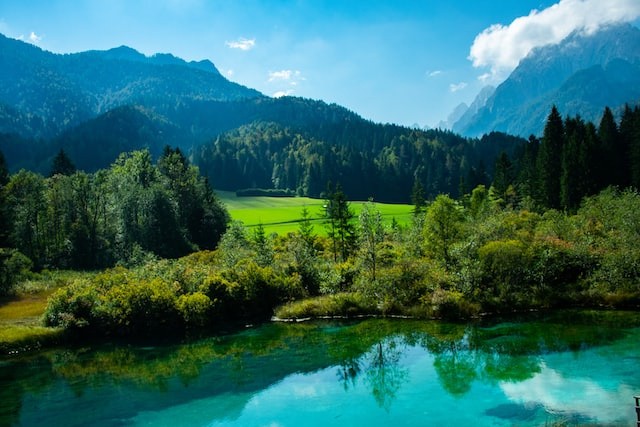According to a comprehensive environmental improvement plan for England unveiled by the government on Tuesday, every home will be a 15-minute walk from a green area or body of water.
Restoration of wildlife in England through environmental planning

The eagerly anticipated measures will commit to restoring at least 400 miles of river and 500,000 hectares of wildlife habitat, as per The Guardian.
Additionally, there will be 3,000 hectares of new woodland around England's rivers, along with 25 new or expanded national nature reserves.
Hedgehogs and red squirrels, two of the most endangered species of wildlife, will be the focus of a new species survival fund.
By 2027, 160 wastewater treatment facilities will have received upgrades.
Later this year, a detailed plan will be unveiled to address the growing demands on the water system brought on by pollution, new housing construction, and the climate crisis.
According to the Environment Act, an environmental improvement plan (EIP) must be created.
Its purpose is to translate into policy the promise made in the 25-year environmental plan, which was unveiled in 2018, to enhance the environment within a generation as well as leave it in a better condition.
Kate Ashbrook, general secretary of the Open Spaces Society, more information is required on how the goal of ensuring that every home is within 15 minutes of green space can be accomplished.
In the UK, 2.8 million people currently reside more than 10 minutes from green area.
Others aim to carry out commitments made in the past, like fresh plans to cut ammonia emissions from agriculture, a significant source of air pollution.
The public's ability to obtain information on air pollution will be improved, and new waste reduction goals will be set.
Building codes will indeed be reviewed to address water waste from new construction and home renovations, prevent the installation of leaky toilets, and improve the performance of dual-flush buttons.
The plans, according to the government, would promote green growth and generate new jobs.
The Environment Act's watchdog, the Office for Environmental Protection, found this past week that the government was failing or making little to no progress on almost every environmental measure.
Rising up for green spaces
Urban green and blue spaces that are easily accessible and of a high standard, such as parks, urban forests, streets lined with trees, allotments, river banks, and coastlines, significantly improve the health of the surrounding population, as per European Environment Agency.
Green spaces increase biodiversity, lower noise levels, and improve air quality.
Additionally, green spaces act as cooling and shady areas during hot weather.
Local communities utilize green space for leisure activities, social interactions, and mental and physical rest.
By lowering mortality and morbidity from chronic diseases, enhancing mental health and pregnancy outcomes, and lowering obesity, exposure to green space is good for one's health.
Particularly beneficial to the health and happiness of certain socioeconomic and demographic groups are green and blue spaces.
In general, those with lower socioeconomic status benefit from urban green space more than those from affluent backgrounds, particularly in terms of lowering stress and enhancing mental health.
© 2026 NatureWorldNews.com All rights reserved. Do not reproduce without permission.





